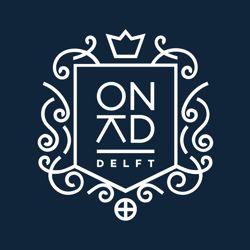Piet Hein: the death of a naval hero
A controversial past
Many people associate Piet Hein with slavery because he worked for the VOC and WIC. These institutions indeed engaged in the trading of enslaved individuals, but this occurred after Hein's death. Prior to that, in the Republic, there was opposition to human trafficking, and slavery was prohibited in most cities. However, slavery and human trafficking were suddenly allowed when the WIC, through the conquest of the silver fleet in 1628, had enough money to colonize a part of Brazil and invest in sugar cultivation.
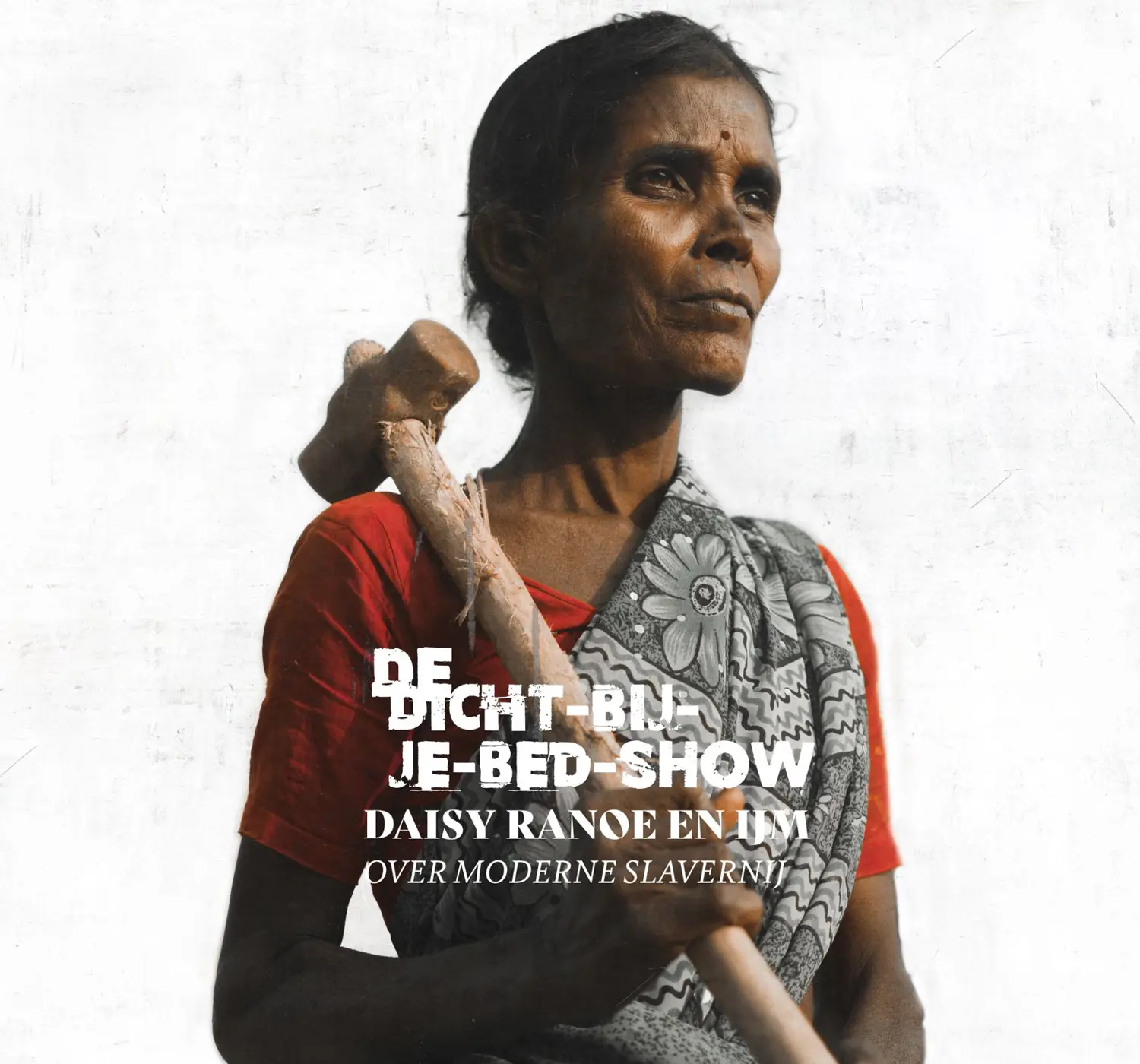
Johan Maurits, the governor of the new Dutch-Brazil, conquered the two largest slave centres on the West Coast of Africa: Fort Elmina in 1637 (now Ghana) and Luanda in 1641 (Angola). From that moment on, the Republic became actively involved in large-scale and organized trans-Atlantic slave trade.
The Republic is estimated to have transported and traded about 600,000 enslaved individuals. However, the country's role in the global slave trade was much larger when considering the areas under the control of the VOC. The number of enslaved individuals in Asia is estimated to have been between 660,000 and 1.1 million. Motivated by profit, the leaders of the country and the two trading companies consciously exploited people, leading to widespread human rights violations. It was not until 1873 that the Netherlands abolished colonial slavery. The Municipality of Delft commemorates this from July 1, 2023, to July 1, 2024.
The Oude Kerk is, in fact, an ambiguous location because in the 17th century, the Protestant Church was intricately interwoven into the economic system involving slavery and human trafficking. The Diaconate owned shares in the VOC and WIC, often acquired through legacies. Pastors and spiritual caregivers sailed on Dutch ships to establish churches in trading posts and colonies. These pastors themselves owned enslaved individuals. In Suriname, one-third of them later became large-scale owners, often also owning plantations. Discussions about slavery likely took place in the corridors of the church and at home. The topic might even have been addressed from the pulpit, although that is difficult to ascertain. Throughout the colonial period, there were debates and dissenting voices within the church, even though the legitimation of slavery prevailed from the early 17th century onwards. Theological perspectives also contributed to the devaluation of people of colour. A "Moor," "Moorin," or "Swarte" could only be baptized if they were free, and it was only after baptism that they were considered equal to the Dutch. Before that, they were regarded as objects or commodities.
The connection to the slavery legacy persisted through time; other prominent figures from the 17th and 18th centuries with a direct or indirect link to slavery and human trafficking were also buried in the Oude Kerk. Consider the navigator Maarten Tromp and the family of WIC director Adriaan van der Dussen. The Protestant Church carries this history with it and does not shy away from it. The Bible teaches to honestly name, address, and combat injustice, even that of ancestors, especially when it continues to have an impact in the present.
What does slavery actually mean, and is it completely over now? Slavery, as defined by the Dutch dictionary ‘Van Dale’, refers to the condition in which people are not free because they are the property of someone else. This has existed since time immemorial. Although the face of slavery has changed over time, we still deal with it today. According to the International Labour Organization, roughly 50 million people currently live in a state of modern slavery. This includes forced labour in agriculture, domestic work, as well as sexual exploitation, forced (child) marriages, and organ trafficking. Other estimates of slavery, counting only the truly forced labour, put the number at around 28 million.
The exhibition The Close to Home Show: Daisy Ranoe and IJM on modern slavery, running from March 18 to September 14 in the north aisle of the Oude Kerk, sheds light on forms of modern slavery.
Piet Hein: the death of a naval hero
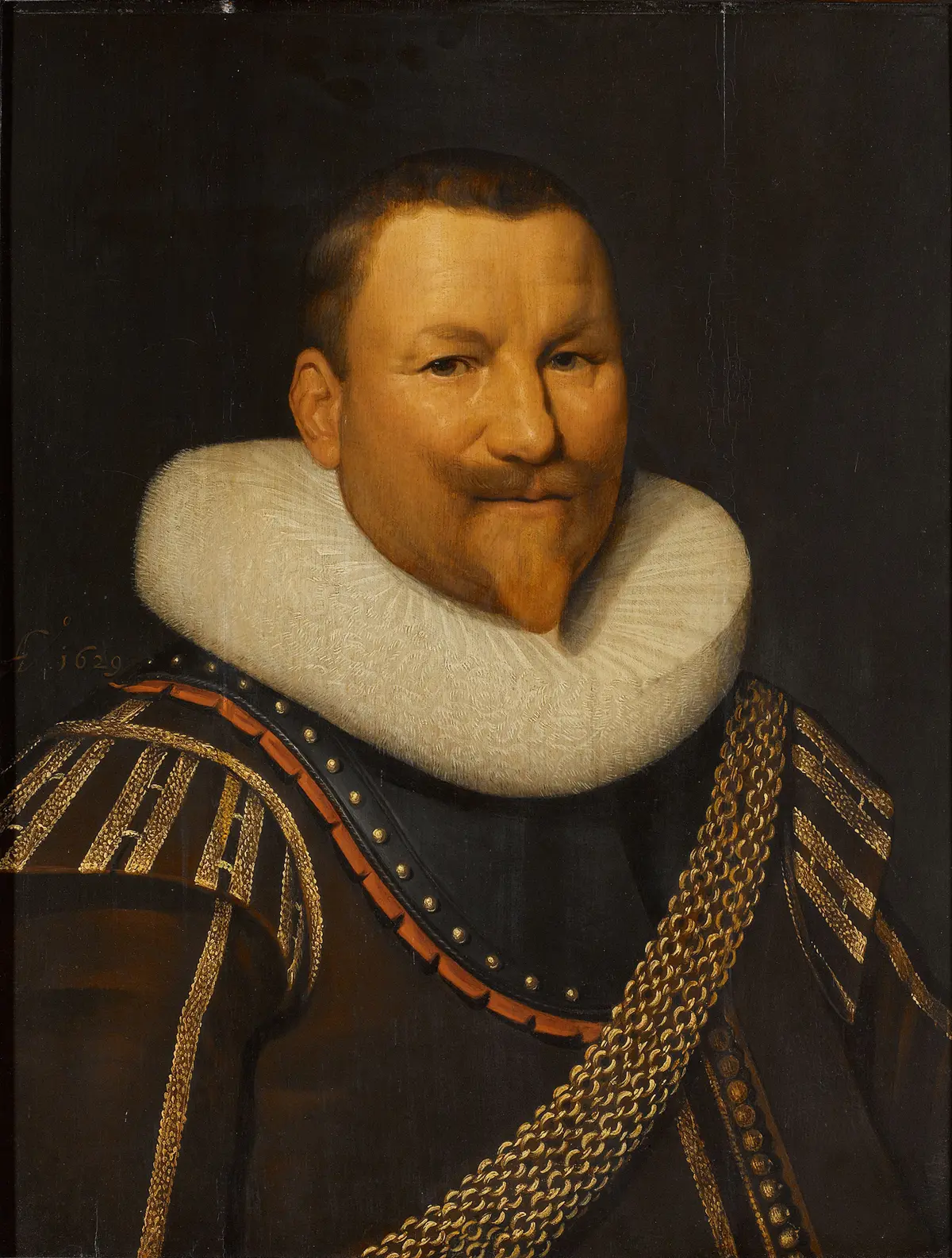
Who was Piet Hein?
Piet Hein was born in 1577 in Delfshaven, the former harbour of Delft (now part of Rotterdam). He called it a true “seaside town” because it primarily thrived on herring fishing.
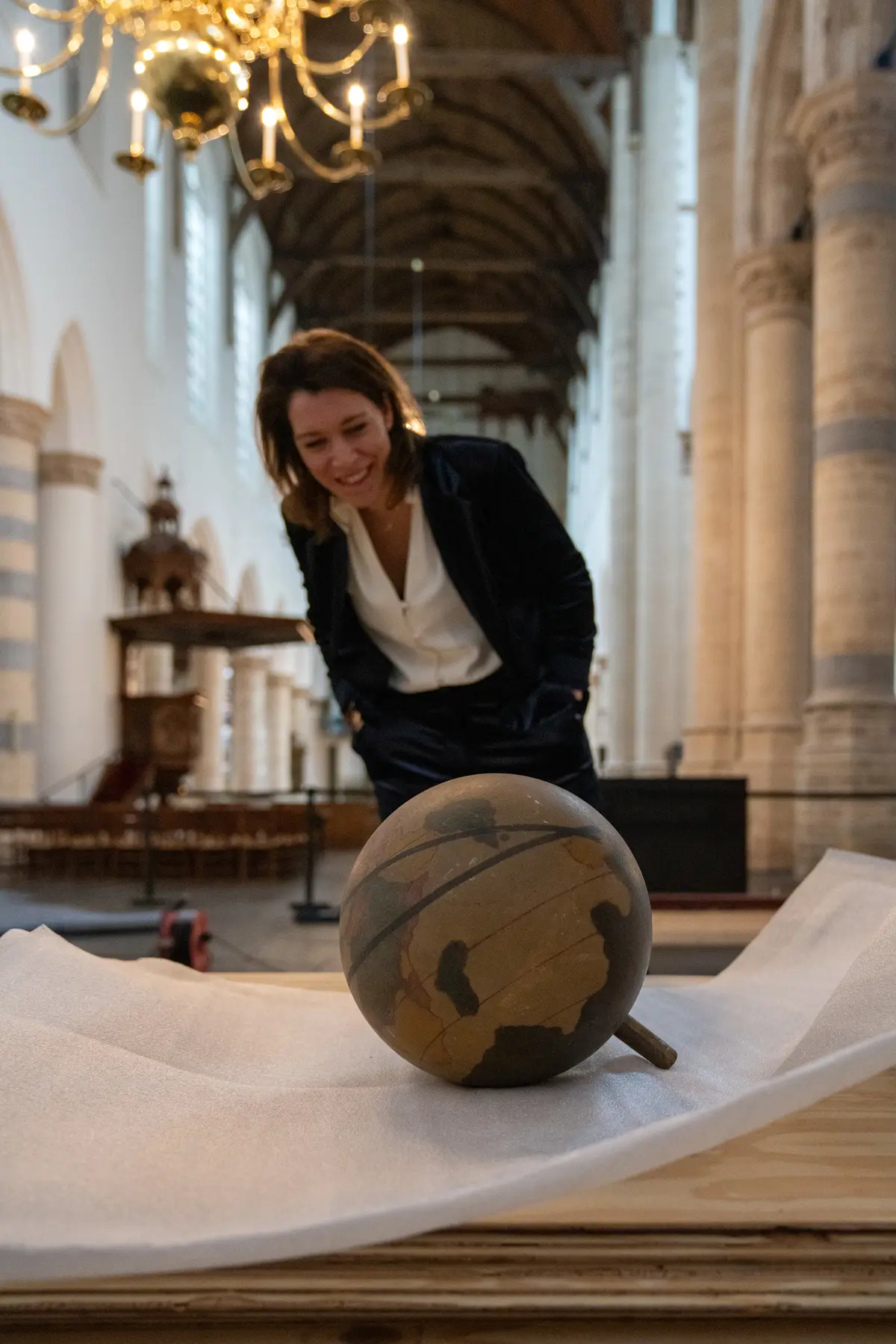
The monument for Piet Hein
Shortly after Hein's death in 1629, the government decided that the Admiralty of Rotterdam (one of the five authorities organizing the navy) should commission a monument for him.

A controversial past
Many people associate Piet Hein with slavery because he worked for the VOC and WIC. These institutions indeed engaged in the trading of enslaved individuals, but this occurred after Hein's death.
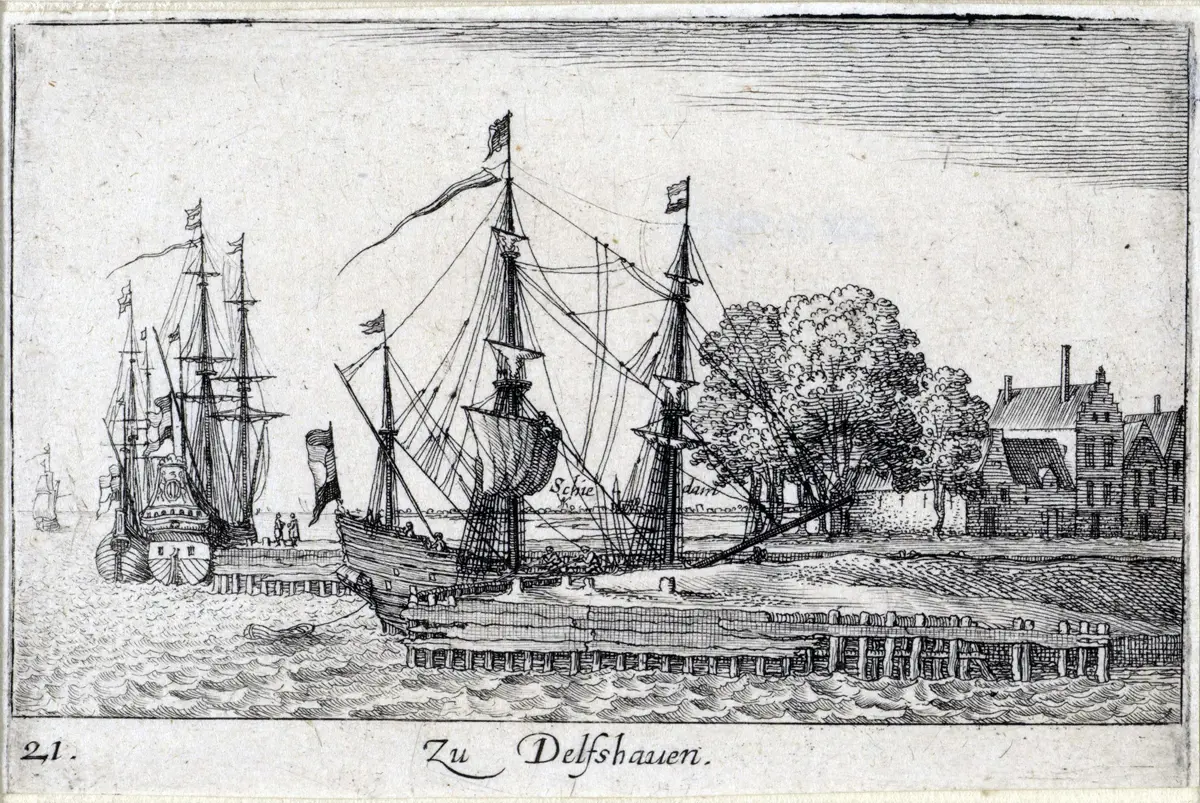
Piet Hein at sea
Among his contemporaries, Piet Hein stood out for his strong leadership at sea, his courage, and craftsmanship.

Piet Hein - Symphonische Rock Versie
Je kent vast het bekende liedje van Piet Hein. Maar hoe zou datzelfde liedje klinken in een hele andere stijl? Bijvoorbeeld in een nogal bombastische symphonische rock versie. Luister maar!

Piet Hein - Hiphop Versie
Je kent vast het bekende liedje van Piet Hein. Maar hoe zou datzelfde liedje klinken in een hele andere stijl? Bijvoorbeeld in een vrolijke old-skool hiphop versie. Luister maar!

Piet Hein - Zeemanslied
Je kent vast het bekende liedje van Piet Hein. Maar hoe zou datzelfde liedje klinken in een hele andere stijl? Bijvoorbeeld als een zeemanslied. Luister maar!

Piet Hein - Oratorium
Je kent vast het bekende liedje van Piet Hein. Maar hoe zou datzelfde liedje klinken in een hele andere stijl? Bijvoorbeeld als oratorium. Luister maar!

Piet Hein - Swing
Je kent vast het bekende liedje van Piet Hein. Maar hoe zou datzelfde liedje klinken in een hele andere stijl? Bijvoorbeeld in swing style. Luister maar!

Glossy Piet Hein: de disclaimer
Naar aanleiding van de expositie Piet Hein: de dood van een zeeheld en de koppeling met het herdenkingsjaar slavernijverleden heeft de Oude en Nieuwe Kerk een glossy uitgebracht over het leven van Piet Hein en wat voor invloed onze geschiedenis heeft op het leven van vandaag.
